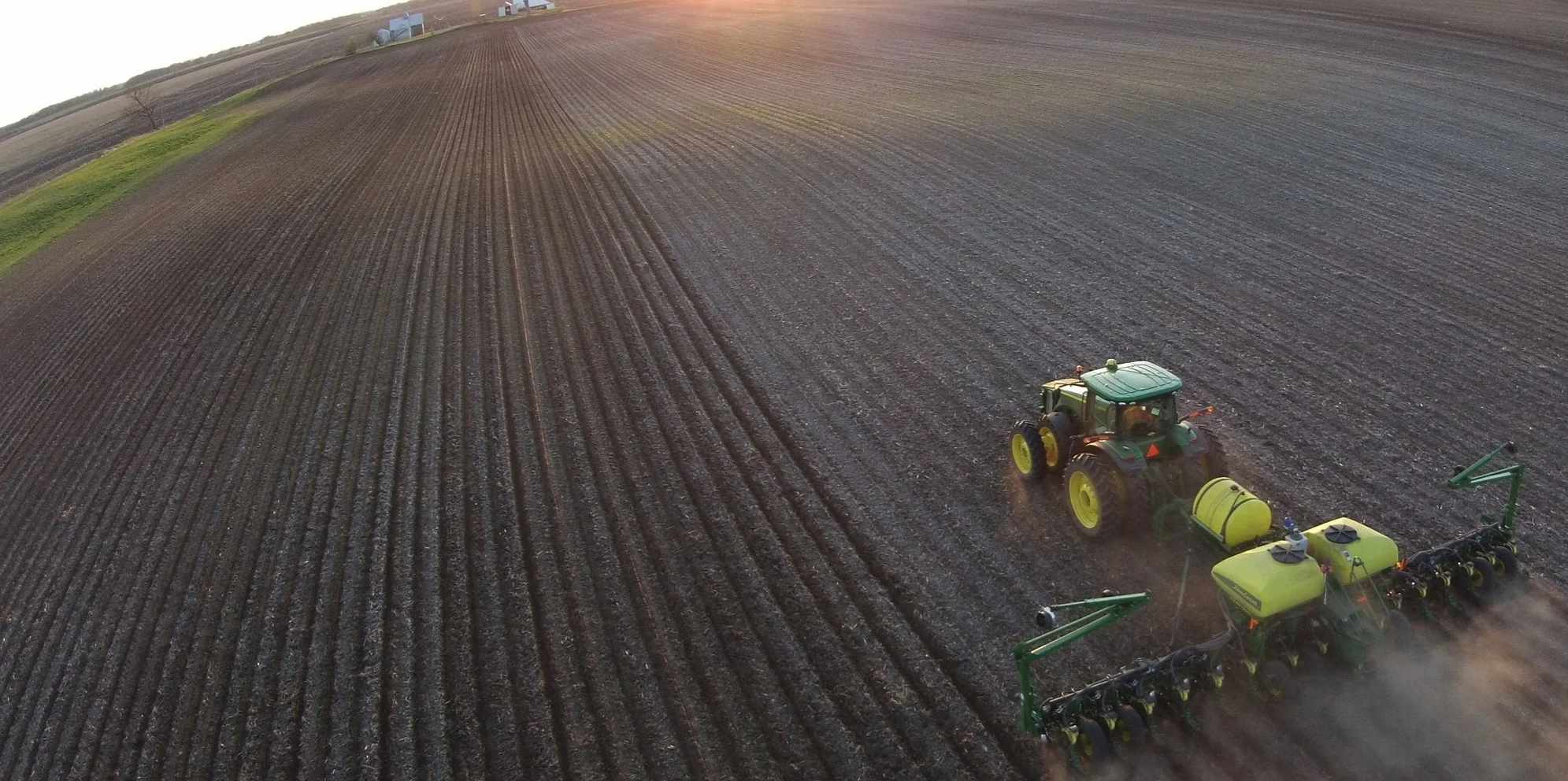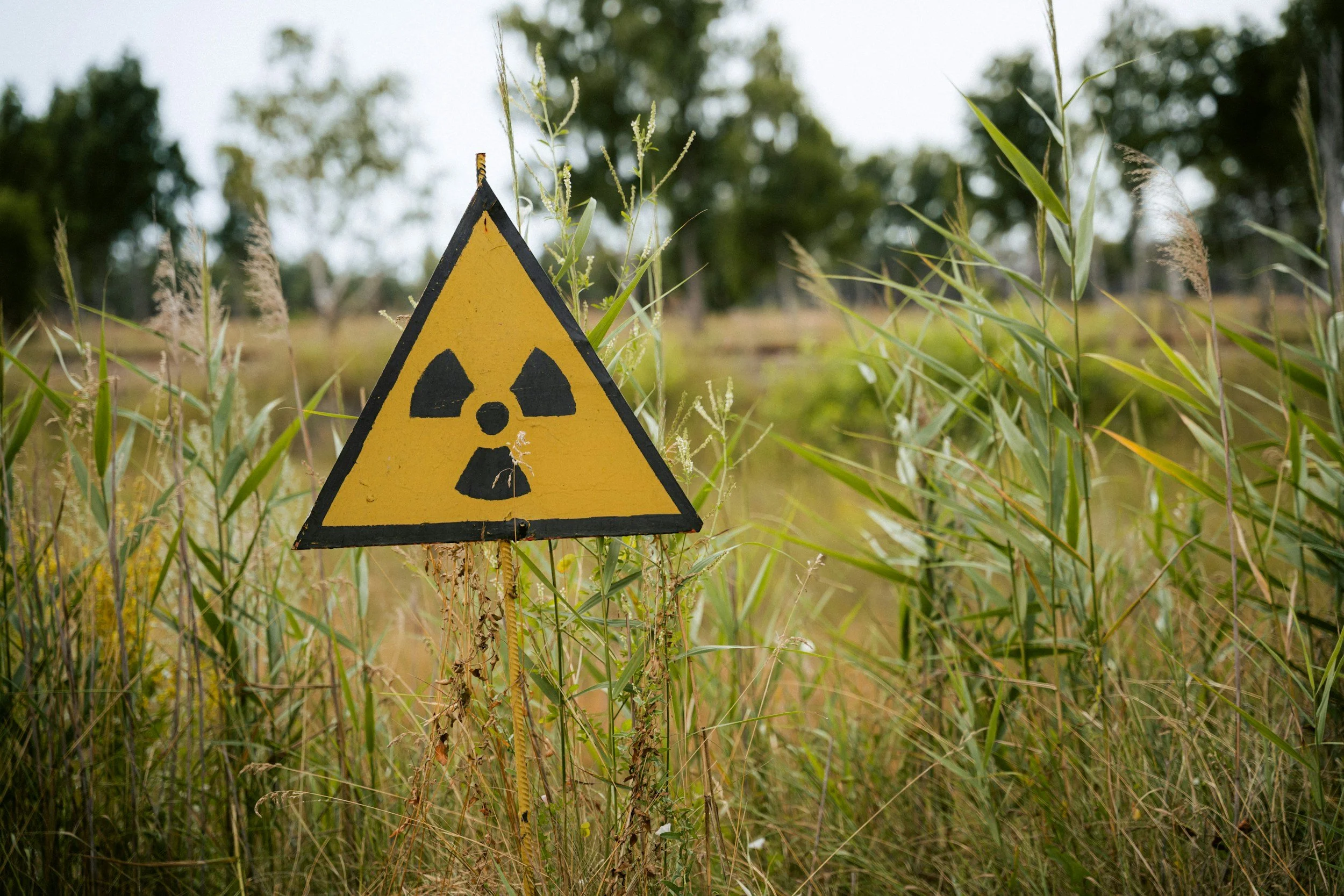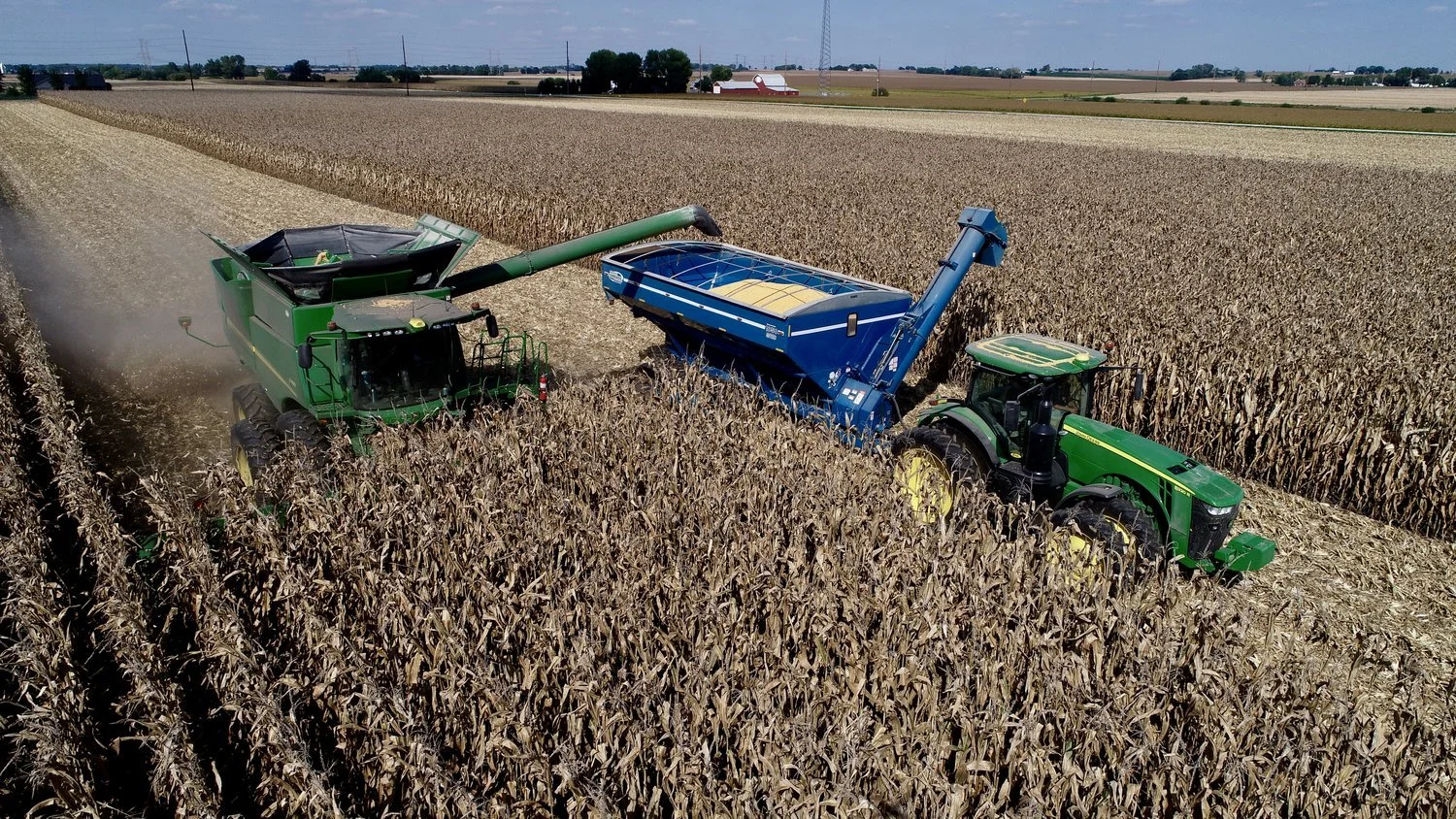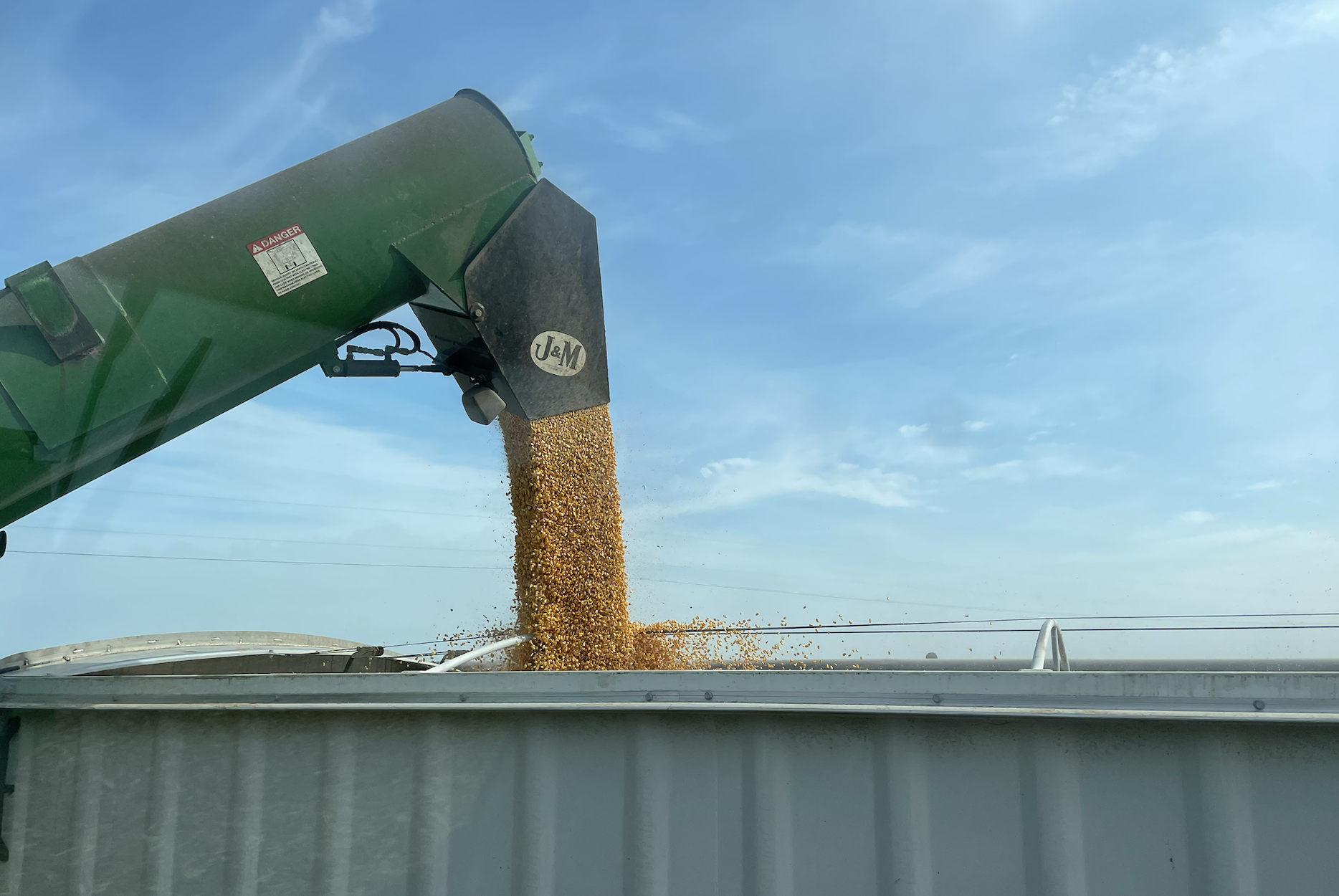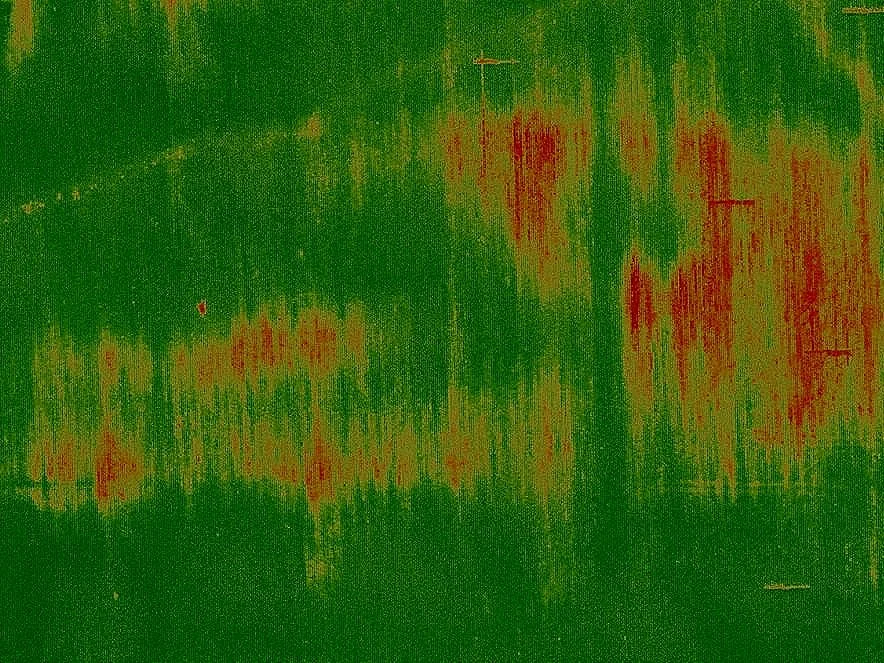When Will Tesla's Electricity Come to the Farm?
/Tesla is revolutionizing the automotive industry. My new office is near a Tesla store so I frequently see the Tesla Model S driving by. For those not acquainted with Tesla, the company builds all-electric cars that have a range of over 250 miles per charge. No complicated hybrid drive. No gas required, ever. I keep wondering when Tesla will step into other markets and more importantly, will agriculture be one of them? This post explores whether the “all-electric” philosophy would work on the farm.
First, let’s get this out of the way. It is currently unrealistic to think that an all-electric tractor will be planting a cornfield anytime soon. Range is the big hurdle to all-day field work. The amount of electricity needed to plant a quarter-section would require frequent recharging, and in the short planting windows provided by the Midwest’s temperamental weather, that just isn’t feasible. But just because we will not be replacing row-crop field tractors with electric vehicles any time soon does not mean there are not other agricultural uses for Tesla's all-electric technology.
The farm pickup. Like every farm kid in the country, I grew up spending a lot of time in a farm pickup truck. Most of the trips were short—20 miles to the parts store, 3 miles to the grain elevator, 10 miles to the pasture. These short, frequent trips are perfect uses for an electric vehicle. The flat floor provided by the battery pack could further aid in packaging a new sort of pickup. I’m guessing the torque provided by Tesla’s electric motors would be equally good at towing things like stock trailers and nurse tanks. Tesla, stop spending millions to design "Falcon doors" and build a highly useful farm truck.
The utility tractor. Growing up, there were many chores performed by smaller tractors that only operated a couple hours per day. For example, we used a silage loader-tractor to feed cattle twice per day. An all-electric tractor could do this, and the rest of the time it could sit plugged into a charger waiting for its next task. One hurdle to electric road-going vehicles is the battery weight is substantial. This would not be a problem on a tractor, which requires ballast anyway. But its not just utility tractors, there are many jobs on the farm that require power only a few hours per day. The extremely complex Tier 4 emission requirements for farm diesel are another reason alternative fuel sources could work.
The wall battery. One of Tesla’s greatest ideas is not a car but a battery that you place in your garage to charge during off-peak hours, then discharge into your car while you are sleeping. Tesla calls it the Powerwall. This concept could work on the farm. One of the great advantages a farm business has over an in-town business is the availability of real estate. Farms have plenty of space for solar panels on rooftops or in fields. Connecting solar panels to Tesla-batteries and you could provide enough energy for grain dryers, shop lights, milking parlors, etc.
The scout. A lot of farmers use ATVs for crop scouting and farm chores. We used them as “horses” growing up to round up cattle in pastures. These are another good use for Tesla’s battery technology. There is no reason that an ATV could not be powered by lithium ion battery packs. Golf carts already make this work, albeit with 20th century lead acid batteries.
Recent years we’ve seen a huge shift to electric motors on planters and other farm equipment. I can’t wait to see what happens when we start to power these motors with electricity derived from sources other than gas or diesel.
Tesla, when you are ready for the farm, farmers will be ready for you.

